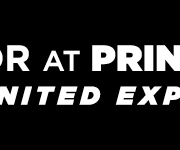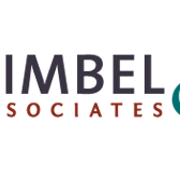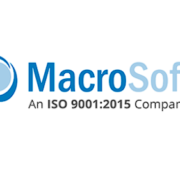Manage Supply Chain Disruption in Printing through Automation
By Swati Sahai, V.P. Of Marketing at Sefas Innovation
The printing industry continues to face severe supply chain challenges. While sales are expected to grow, most printers do not expect it to translate into profitability due to rising costs and substantial shortages.
These problems are expected to continue into 2023 with the greatest concerns (reflected by large majority of printers) being paper shortage, labor shortage, transportation difficulties, ink and production supplies shortage, and the rising costs of each of these – in short Supply Chain Disruption.
More than 2.5 million metric tons of North American printing and writing paper capacity has been offline since the start of 2020. Today, global supplies of certain paper products are so tight that many printers can’t get the stock that they need “at any price”.
In addition, there is rising postage cost which has severely impacted the print mail business.
The need of the hour is clear ― reevaluate processes to reduce dependencies, improve efficiency and productivity, and recover rising costs. Automation can help meet all these needs. This is especially true in the CCM and CXM space that operate large print to mail facilities requiring a lot of labor and raw materials to produce physical communications.
Workflow automation can help lower the cost of printing per piece and make big gains in productivity.
According to a study by Printing Industries of America, high-profit commercial printers spend almost double the investment in hardware and software per employee (automation) than their peers. The result is 30 percent fewer employees per million dollars of sales.
An Evolution Not a Revolution!
In our experience, the approach that works best for automation is evolution, not revolution. This means to start where you are, with the legacy applications that you have been using, instead of trying to uproot all your systems.
For years, large businesses have been trying to move from physical to digital communications, but they have not had much success, particularly in highly regulated industries. There are many reasons for this but the biggest is the existence of silos in the communications technology infrastructure.
Therefore, a workflow automation layer is needed that can interface with all your systems and extract information even from legacy applications. Implementing this workflow automation layer is much simpler, cost-effective, and less risky than completely modernizing and changing your entire communication generation and delivery infrastructure.
The Elements of Workflow Automation
Job consolidation, site consolidation, householding, print suppression, digital presorting are all elements of workflow automation that individually and in combination, help produce more with less infrastructure and labor.
In this blog, we will describe householding and how it helps manage supply chain disruption.
Householding
Householding is putting two or more documents in the same envelope that would have otherwise gone in different envelopes. Householding results in savings in postage and envelopes, increases profitability, and helps companies manage the current shortage of envelopes.
How does householding work?
Householding works by normalizing all input (making it in same format), extracting the metadata, and optimizing the output. As part of optimization, the output is grouped, split, and sorted.
While sorting, we can identify the documents that are candidates for householding based on individual preference. For example, two individuals living in the same household may want to keep some communication in separate mail while for other types of communications, they may prefer to have them put in the same envelope, defined as one mail piece.
Preference management
The challenge of householding lies in determining which two documents can be put together as one mail piece. A unique identifier is required for this determination so that we can form mail pieces without violating any privacy or other regulations. This can be done through a preference and consent management application which makes it easy to get a unique profile identifier as well as preference and consent data.
Managing supply chain problems
Householding helps manage supply chain problems by reducing the requirement of envelopes. As companies are facing a shortage of envelopes today, even 10% householding of a job can relieve enormous pressure from the supply chain.
By reducing postal cost, householding helps improve profitability in these challenging times.
In the next post on this series, I will talk about print suppression and how it helps relieve pressure from the supply chain.
To learn how Sefas can help you manage supply chain problems through householding and workflow automation, contact us.











